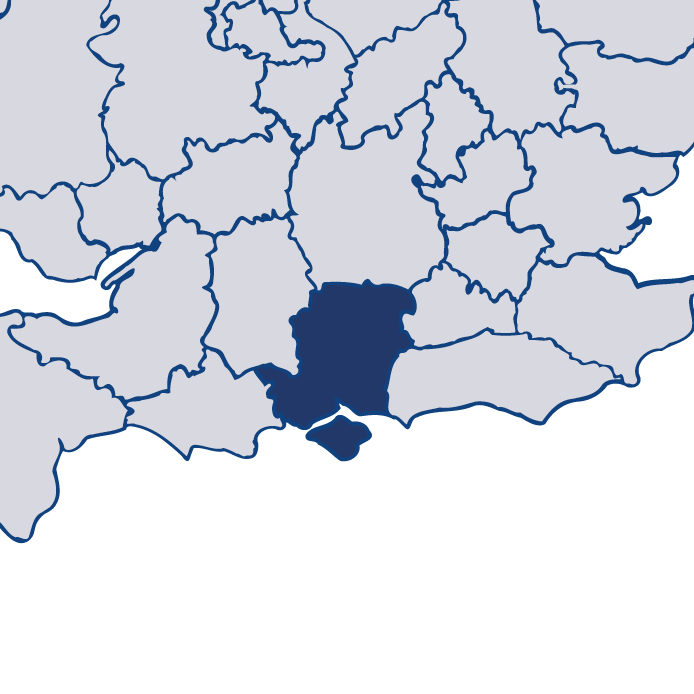Hampshire 2018/19
Read more about HampshireThis is HMICFRS’s fifth PEEL (police effectiveness, efficiency and legitimacy) assessment of Hampshire Constabulary. PEEL is designed to give you information about how your local police force is performing in several important areas, in a way that is comparable both across England and Wales, and year on year.
Hampshire was inspected in tranche three and we found:
the extent to which the force is effective at reducing crime and keeping people safe is good.
the extent to which the force operates efficiently and sustainably is good.
the extent to which the force treats the public and its workforce legitimately is good.
Download the full report
PEEL: Police effectiveness, efficiency and legitimacy 2018/19 – Hampshire Constabulary

Zoë Billingham, Her Majesty’s Inspector of Constabulary
HMI's observations
I am pleased with Hampshire Constabulary’s overall performance, and the force continues to improve despite being one of the lowest funded forces in England and Wales.
The force has successfully addressed many of those areas where we identified it could do better in our previous inspections. We have seen improvements in how it investigates and records crime, protects vulnerable people and treats its staff and the public. In other areas, work is in progress.
I am particularly pleased to see the work that the force does to protect victims of domestic abuse. It is making good use of a range of options to both support victims and to protect them by preventing offending behaviour by perpetrators.
The force has made a good assessment of future demand and used this to develop a workforce plan moving staff into high priority areas of activity. This is good as it means that resources are focussed into the areas of highest risk to the public. Senior leaders are clear though that this means that they can’t always give the level of service they wish in every area of activity. We will monitor the impact of the expected increase of 156 officers on the how the force resolves this issue.
Staff are well trained to recognise when a person is vulnerable, and there are good arrangements in place for officers to assess and record this. The force works well with local partners using this initial information to keep people safe.
The chief constable has made the values in the Code of Ethics central to all force activity. This means that the workforce understands the importance of treating the public and each other with fairness and respect. While the force needs to reinforce the training given to staff about the signs and symptoms of abuse of authority for a sexual purpose, overall, it continues to uphold an ethical culture and promote well the standards of professional behaviour it expects.
I strongly commend Hampshire Constabulary for sustaining its positive performance over the past year.
Effectiveness
How effectively does the force reduce crime and keep people safe?
Efficiency
How efficiently does the force operate and how sustainable are its services to the public?
Legitimacy
How legitimately does the force treat the public and its workforce?
Other inspections
How well has the force performed in our other inspections?
In addition to the three core PEEL pillars, HMICFRS carries out inspections of a wide range of policing activity throughout the year. Some of these are conducted alongside the PEEL inspections; others are joint inspections.
Findings from these inspections are published separately to the main PEEL reports, but are taken into account when producing the rounded assessment of each force's performance.





